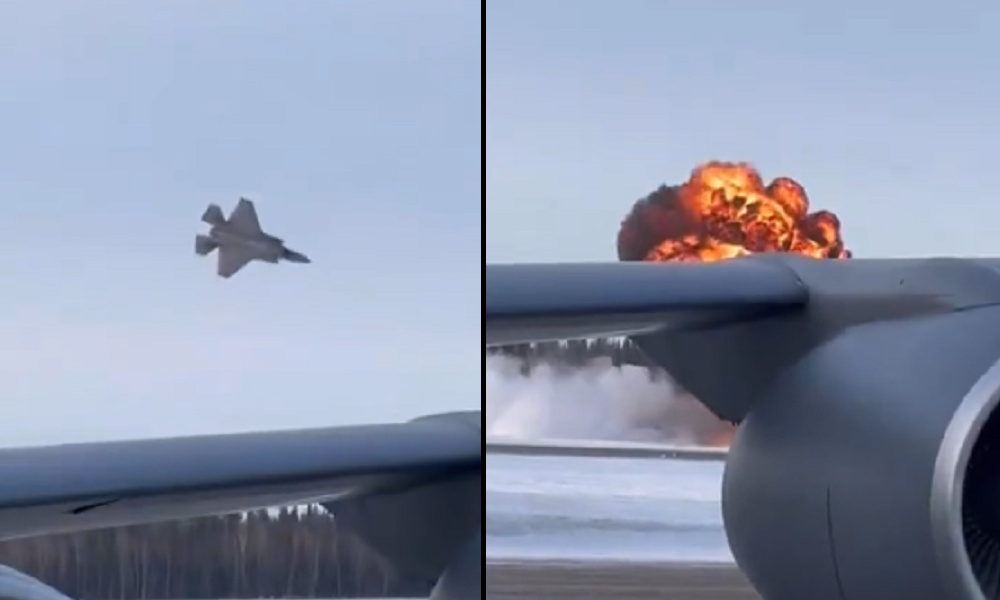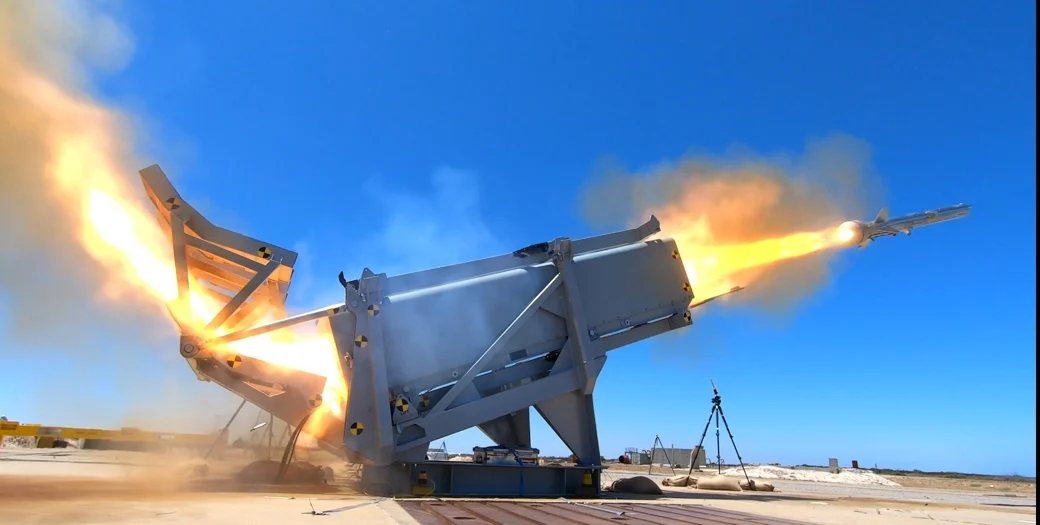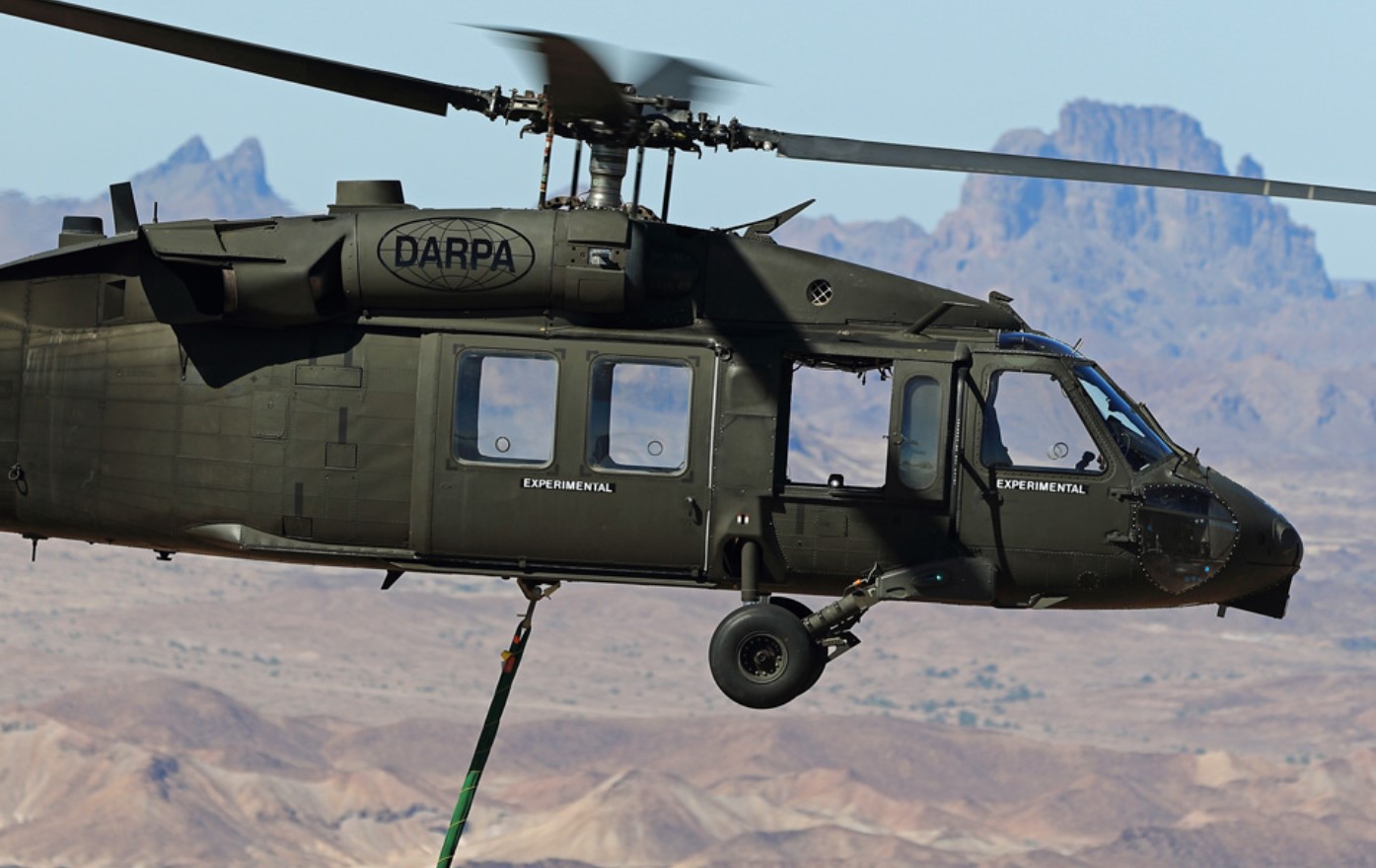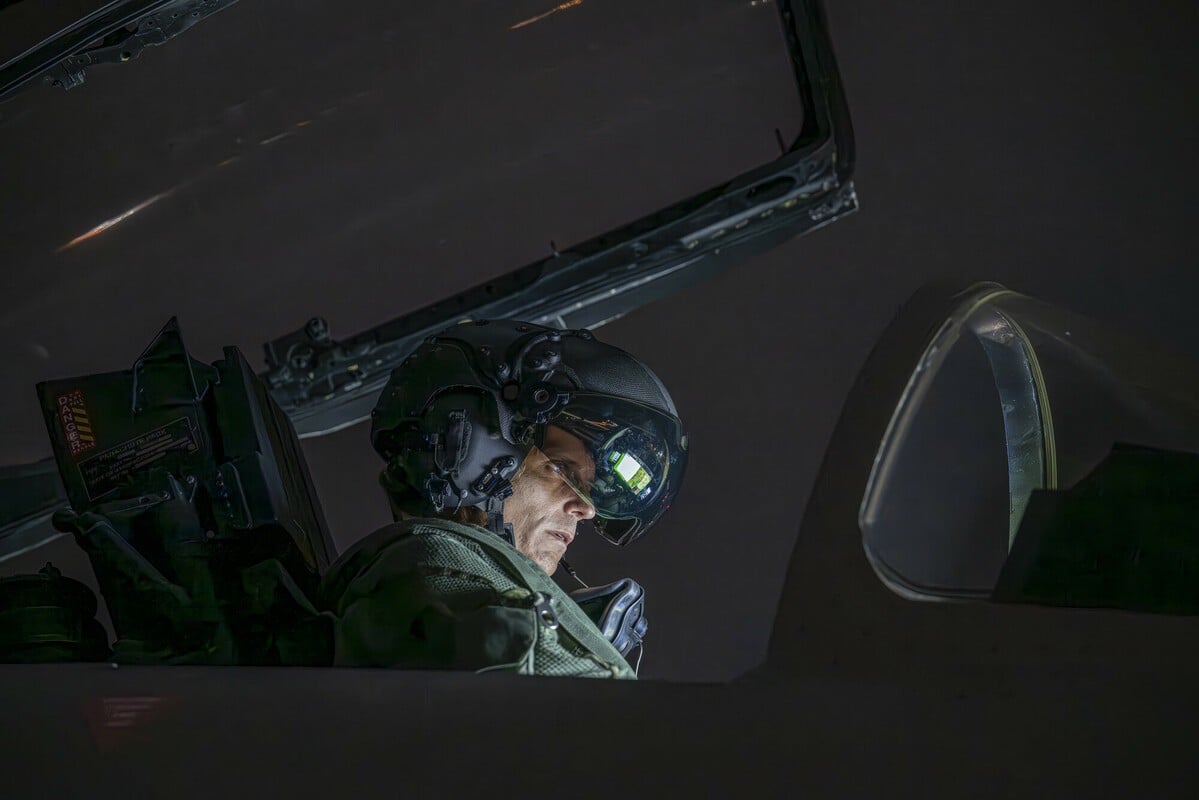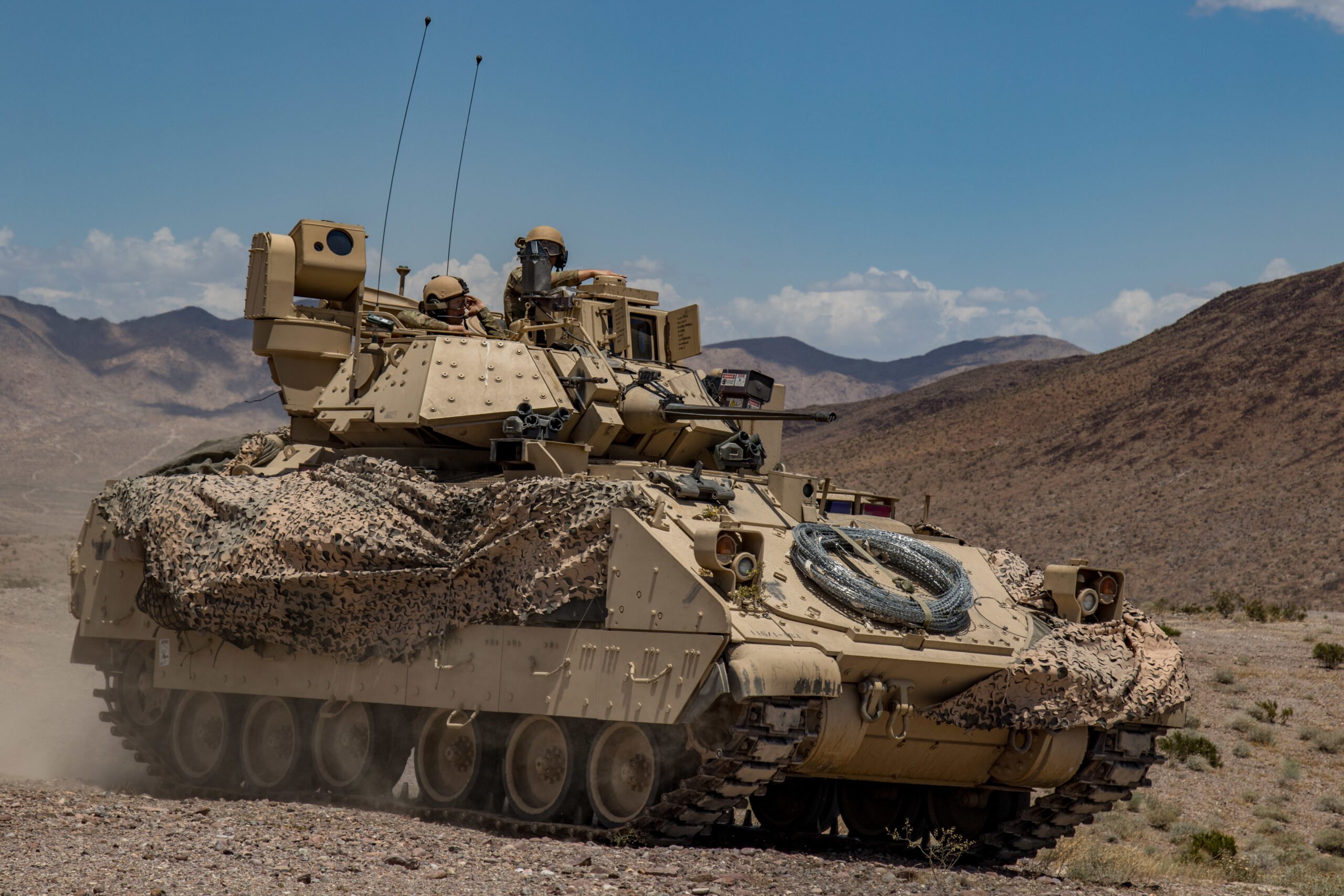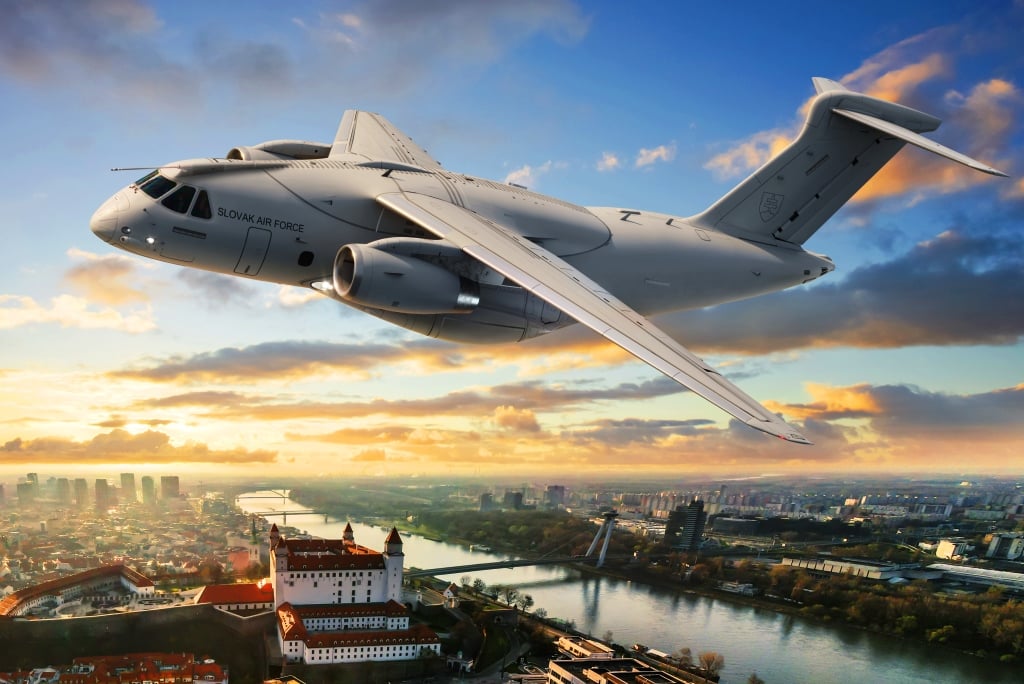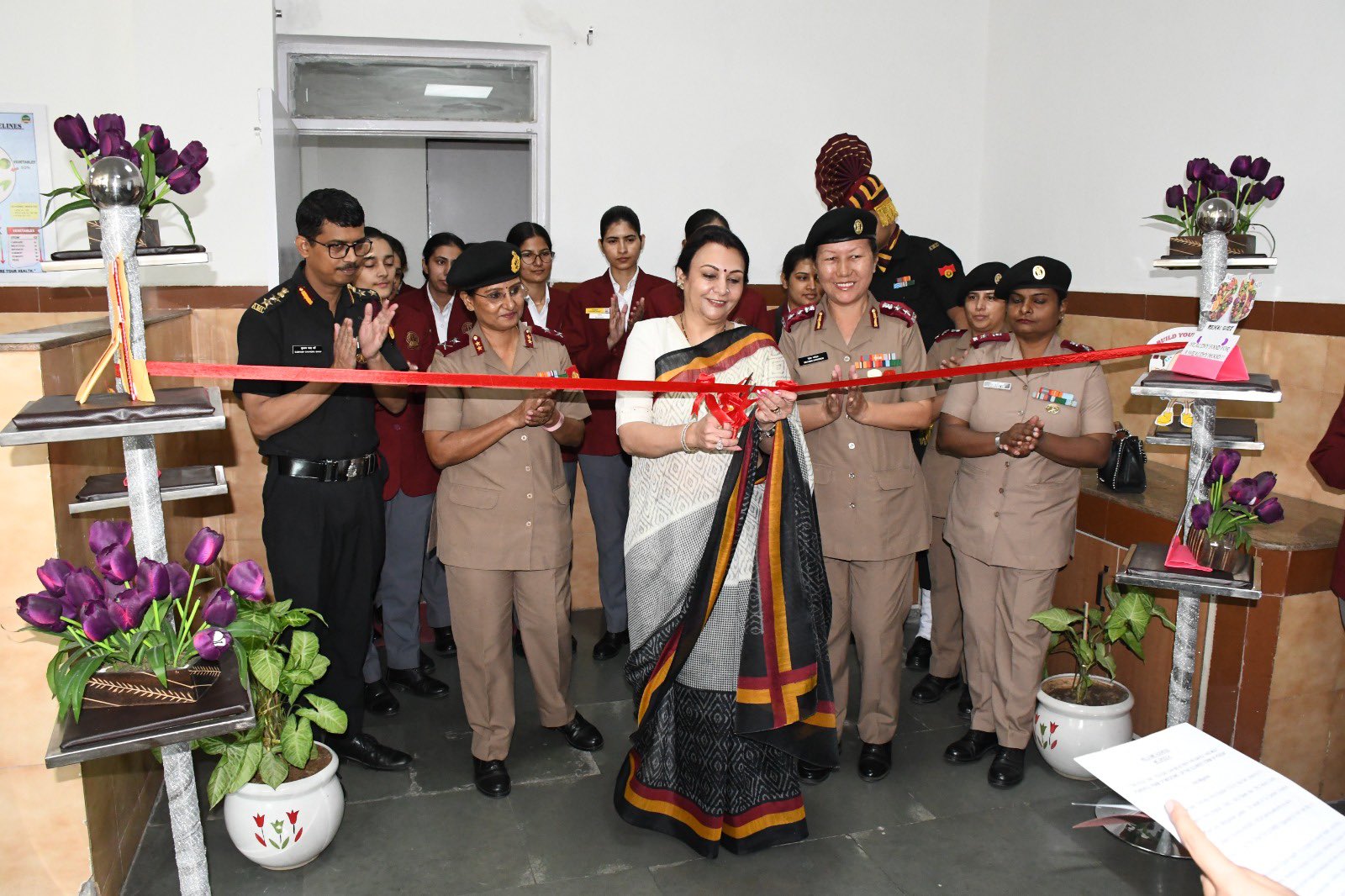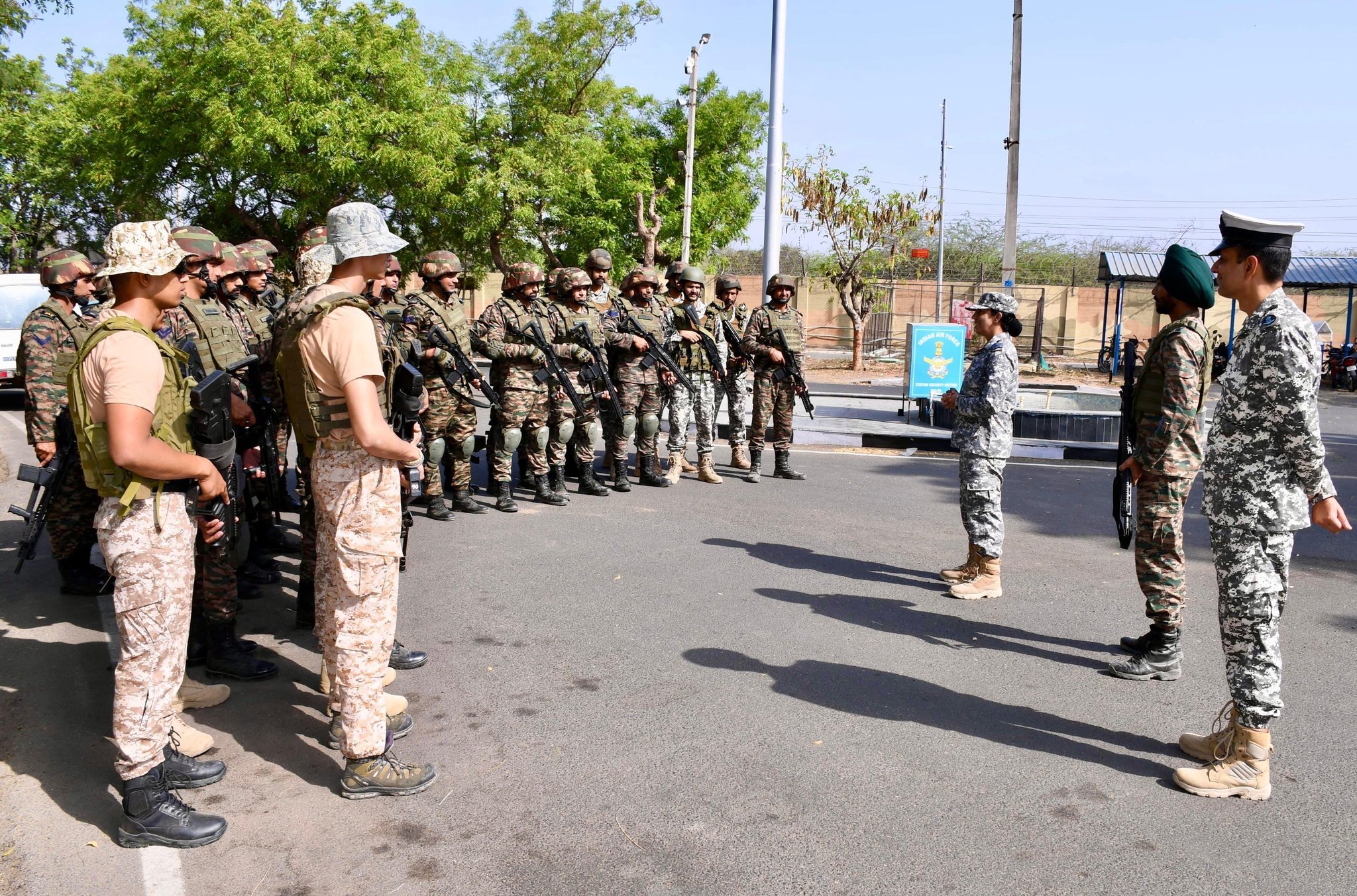The recent rebel offensive that has successfully challenged the authority of Bashar al-Assad, a close ally of Moscow, has cast a shadow of uncertainty over Russia’s military bases in Syria. These installations, namely the Tartus naval base and the Hmeimim air base, are critical to Russia’s military presence outside the former Soviet Union and have played integral roles in the Kremlin’s strategic activities in both Africa and the Middle East.
Reports from Russian state media suggest that the Syrian opposition has assured the security of these military facilities. However, the extent of Moscow’s control over them in light of the ongoing conflict remains ambiguous.
The Tartus naval base, strategically located on Syria’s coast, serves as Russia’s only access point to the Mediterranean Sea. Functioning as a refueling and repair station for Russian vessels, it allows them to operationally remain in the Mediterranean without the necessity of returning to Russia’s Black Sea ports, which is often complicated due to the Turkish straits. Established under a leasing agreement with Syria in 1971, the base became fully operational in 1977 amid growing Soviet partnerships with Arab nations during the Cold War. Tartus is notable for its deep-water port capabilities, accommodating nuclear submarines, and despite numerous closures of overseas military bases following the Soviet dissolution in 1991, Tartus remained operational, albeit with a reduced Russian presence.
Military activity at Tartus significantly increased during the Syrian civil war as rebel forces launched an offensive against Assad. The situation escalated dramatically in 2015 when Russia intervened militarily to bolster the Assad regime, conducting extensive aerial bombardments on rebel-held territories. A surge of personnel occurred, with the number of staff at the port increasing dramatically from just “several people” to over 1,700 by 2015. The current number of troops at Tartus remains unclear following Russia’s recent military engagement in Ukraine.
In a pivotal move for strengthening its foothold, President Putin ordered the expansion of the Tartus base in 2017, resulting from a 49-year lease agreement, provided free of charge in return for military support to Assad. The future status of Tartus now hangs in the balance following the rapid rebel advances seen in recent weeks. Satellite imagery provided by Planet indicates that as of December 9, no Russian warships were present at the base, although Russian Foreign Minister Sergei Lavrov has denied that any vessels are departing Tartus.
Meanwhile, the Hmeimim airbase, established in 2015 through the adaptation of an existing civilian airport near Latakia, remains a linchpin for Russian air operations. The facility reportedly boasts extensive protective measures, including security perimeters and air defenses covering distances of up to 250 kilometers (155 miles). Throughout the civil war, Hmeimim has been utilized for airstrikes targeting opposition forces. While the Russian military does not publicly disclose troop deployments, expert analysis suggests a significant reduction in personnel at the airbase following Moscow’s escalated military actions in Ukraine beginning in 2022.
Furthermore, Hmeimim is believed to have served as a logistical hub and transit point for operations conducted by the Wagner Group, a private military contractor that has been active in Africa—a region where Russia seeks to expand its influence. The implications of the rebel offensive and the subsequent shifts in control remain uncertain, as the situation in Syria continues to evolve dramatically.



